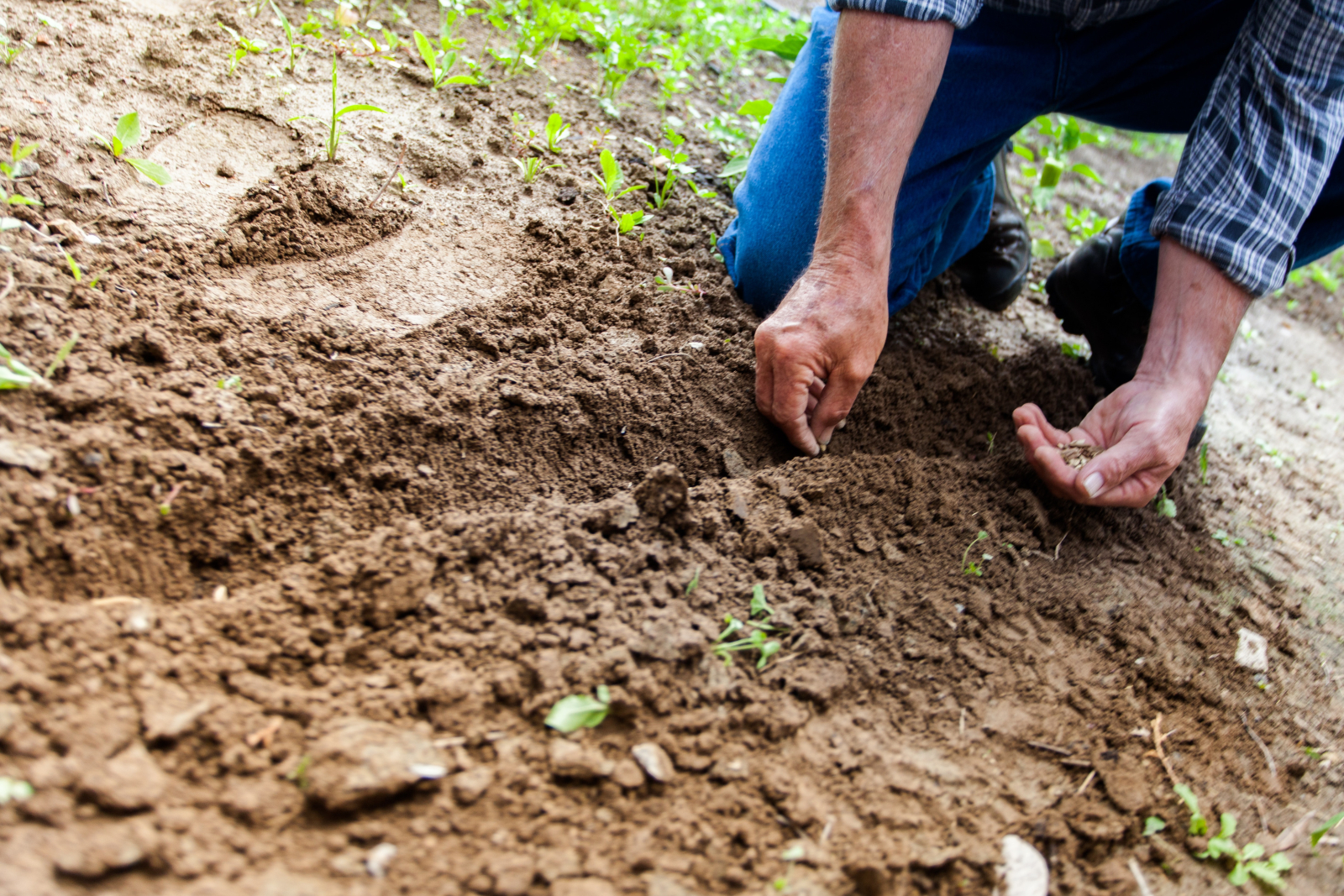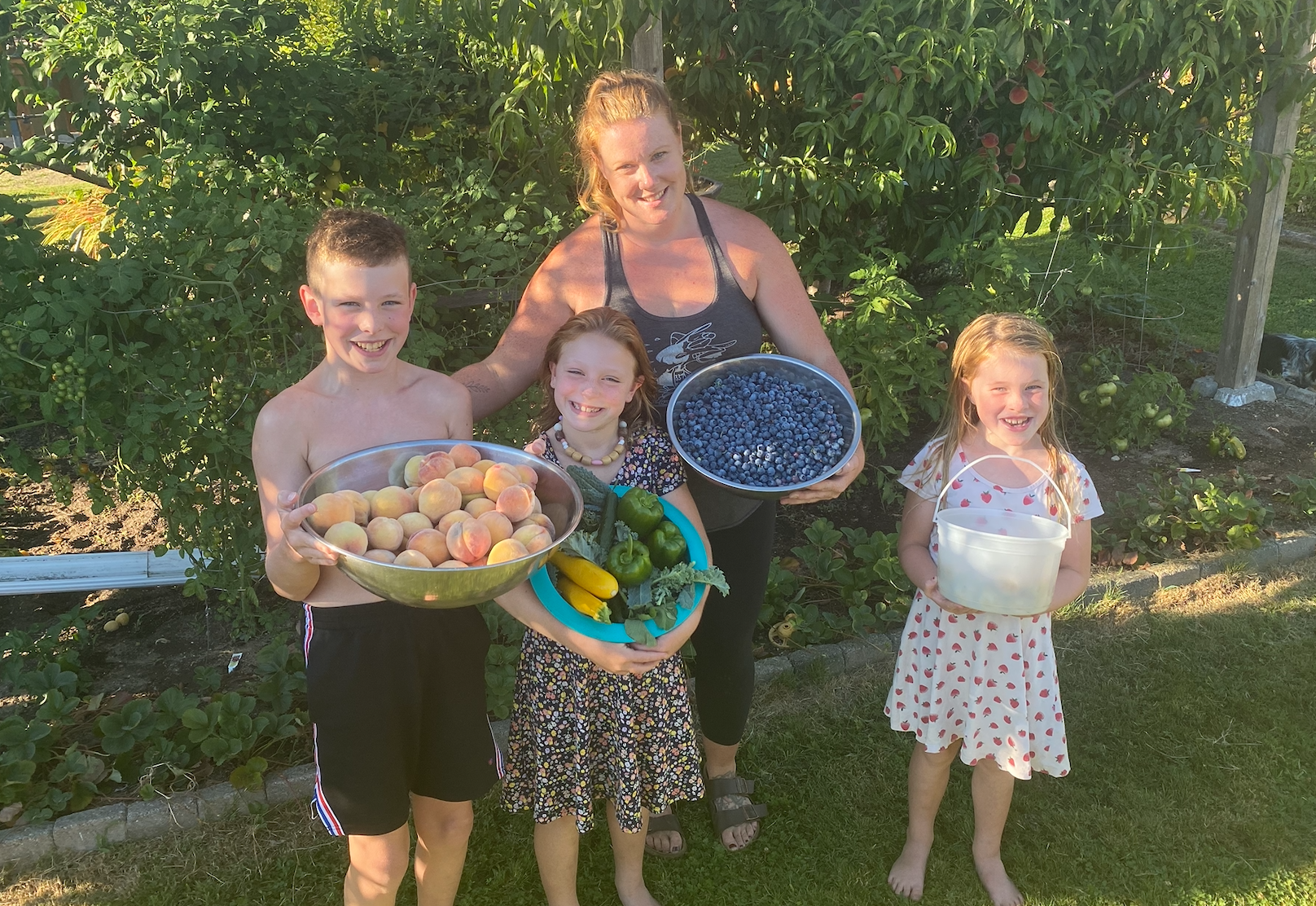No matter how much Megan Greig waters, her raspberries, peas, carrots, and beans won’t flourish this growing season.
Because of unprecedented heat blanketing her home in Powell River, B.C., in early summer, followed by weeks of drought, most of her garden hasn’t grown as usual. Not only has it meant burnt leaves and lost food, but it’s also changed the way she interacts with her garden.
“This year, because of the heat warnings, we have been trying to wake up super early to water and super late when it’s cooler,” said Greig.
“We don’t have enough hours because of the heat to tend to the garden without getting heatstroke.”
Amid the letdowns are some successes: her spinach, strawberries, cauliflower, tomatoes, peaches, zucchini, potatoes and blueberries all successfully grew. Her fruit trees ripened early, seemingly loving the heat.

It’s emblematic of a larger shift, says Barbara Pickering, garden supplies manager at Garden Works in North Vancouver. The heat this summer was detrimental to many plants, but actually aided others. Plants like lettuce, which grows best in temperatures between 7 C and 25 C, aren’t thriving, but basil (which grows well in temperatures up to 32 C) is actually doing well.
As people shuffled into the garden store this summer, asking for solutions, Pickering said the only real advice she could give is to start shifting to more heat-resistant crops, such as peppers and green beans. The heat dome that plagued the Pacific Northwest won’t be the last; a study from July showed climate change could mean a comparable heat wave could happen every five to 10 years.
“Unfortunately, it's something that we have to prepare ourselves for. This is not going away. And unfortunately, that is also the essence of growing,” she says.
“... There are certain things to try to help the plant. But after it goes on for long and is so intense, there's not a lot you can do. We all have to start looking into crops that are better adapted.”
Although she understands a complete garden overhaul isn’t what many people have in mind, she says being a gardener in the city is difficult. If you don’t have an especially shady place for your greens, giving them enough nutrients might be tricky.
There are some non-overhaul suggestions, as well, such as watering as early in the day as possible, adequately fertilizing and putting up a shade cloth. But, like farmers across Canada who have reported losing crops this summer due to the extreme weather, hobby vegetable gardeners won’t be able to save everything.
However, amid the climate doom and gloom is an unlikely upside. Wildfire smoke, which shortly followed B.C.’s devastating heat wave, might actually help veggie growers, a January 2020 study suggests. Although using California as an example, the researchers found smoke didn’t stop sunlight from reaching plants, but rather diffused it.
The study looked at how wildfire smoke affected the productivity of a range of vegetables during 2018, an especially smoky year for the area.
“We find that smoky conditions increased the efficiency by which these plant canopies photosynthesized, leading to productivity increases, depending on tradeoffs with total light and other pollutants,” wrote the researchers.
Regardless of a changing climate, people like Greig and Pickering will keep gardening — even if it means adapting.
“I love gardening because it’s so therapeutic. It’s nice to go outside and wear bare feet and tend to a garden, seeing all the hard work that you grew,” said Greig.
“The kids learn a lot, too. They love picking fruits and veggies, they help with the weeds in the garden as well. I think it’s important to teach kids how to plant and grow their own food.”






Comments